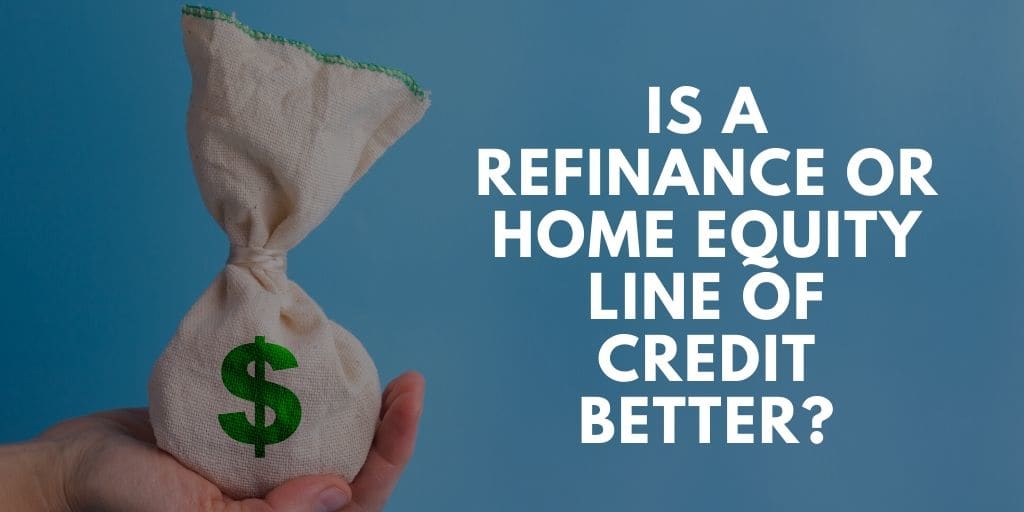What Is a Home Equity Line of Credit HELOC?
Table of Content
When real estate values were surging in the 2000s, it was common for people to borrow from their home equity to invest or speculate in real estate investments. As long as real estate prices were rising quickly, people were able to make money. However, when real estate prices crashed, people became trapped, owning properties whereby some were valued at less than their outstanding mortgages and HELOC loans. Compared to credit cards, HELOCs are a cheaper source of debt by which consumers can fund their expenses. They tend to offer interest rates below 6%, while credit card rates are stubbornly high, ranging from 14% to 25%.

Tax advantages – Interest on HELOC funds used to purchase, build or substantially renovate your home are tax deductible. If someone who has a HELOC decides to sell their home, they’ll probably be required to pay back the HELOC and interest before the sale can take place. If you are using a HELOC for any purpose other than home improvement (such as starting a business or consolidating high-interest debt), you cannot deduct interest under the tax law. While HELOCs and home equity loans are similar in some ways, they have a few distinct differences. These are some of the key factors you should consider whendeciding between a HELOC and a home equity loan.
HELOC vs. cash-out refinance
A variable-rate line of credit based on your home value that you can continually borrow from and pay back over a set time frame. Before joining Bankrate in 2020, he wrote about real estate and the economy for the Palm Beach Post and the South Florida Business Journal. Your credit “revolves,” which means that once you’ve paid off a certain amount, you can borrow that much more again. Say for example, you’ve received a $30,000 home equity line of credit so you can do some improvements that will add value to your home.
In addition to Investopedia, she has written for Forbes Advisor, The Motley Fool, Credible, and Insider and is the managing editor of an economics journal. You can generally borrow up to 80% or 85% of your home’s value with a home equity loan, depending on the lender and your financial profile. If you’re approved, you’ll receive a lump sum to use how you wish—for example, to cover large expenses like home improvements or unexpected medical bills.
How Does Home Equity Line Of Credit (HELOC) Work?
Victoria Araj is a Section Editor for Rocket Mortgage and held roles in mortgage banking, public relations and more in her 15+ years with the company. She holds a bachelor’s degree in journalism with an emphasis in political science from Michigan State University, and a master’s degree in public administration from the University of Michigan. Based on the information you have provided, you are eligible to continue your home loan process online with Rocket Mortgage. Here are a few commonly asked questions regarding HELOC loans. While you may think that a full kitchen renovation will give you a dollar-for-dollar return on your investment, that’s not always the case.

Having equity alone doesn't guarantee you'll be able to qualify for a home equity line of credit. You'll also need to have decent credit – most lenders want to see FICO scores of at least 660 or more, and many have even stricter requirements. That doesn't mean you'll be able to borrow up to $100,000, though. Few, if any, lenders these days will allow you to borrow against the full amount of your home equity, although that was common during the pre-crash days.
Home Equity
If you already have a mortgage, some of the requirements for taking out a HELOC will likely be familiar. With an auto loan, you pay down a portion of your principal with each payment, ensuring that, at a predetermined point in time, you completely pay off your loan. However, with most HELOC loans, you are not required to pay down the principal, opening up the possibility of making payments on your car longer than the useful life of the car.
It works like a credit card that can be repeatedly used and repaid in monthly payments. It is a secured loan, with the accountholder's home serving as the security. HELOCs have a set draw period, often 10 years, followed by a repayment period that can be equal or different than the draw period. That’s different than with home equity loans, where amounts are disbursed all at once, but carry a fixed interest rate for the life of the loan. A Home Equity Line of Credit, or HELOC, is a one of the most popular and affordable ways to borrow money. And if so, how much can you borrow with your line of credit?
Your friendly neighborhood bank would take 75% of your home’s value (in this case $75,000), then subtract the $40,000 you still owe on it, leaving $35,000. The bank would then set up a HELOC with a limit of $35,000, which you could borrow chunks of over time. A home equity line of credit is a loan using a house as collateral. The Difference Between Cash-Out Refinance And Home Equity Loan Refinancing - 4-minute read Patrick Chism - October 11, 2022 Cash-out refinance or home equity loan? If you want to learn more about tapping into your home’s equity, one of the Rocket Mortgage Home Loan Experts can help you understand the home equity and refinancing options available to you.

Depending on the state in which you live, you may also have to pay mortgage taxes and an annual fee. BMO Harris Bank has more than 500 branches spread across eight states. Its HELOCs start at $25,000, come with flexible repayment terms and have no setup fees. Figure promises an easy online application process with approval in five minutes and funding in as few as five business days.
Additionally, the interest rate is typically less than on personal loans. Like with your first mortgage, you’ll have to pay closing costs if you take out a home equity loan. These can range from 2% to 5% of your loan amount, which could significantly eat into your cash reserves. Also, the interest is of a floating type that allows repayment of interest on the money withdrawn.

That makes HELOCs quite different from home equity loans, which require the homeowner to specify a certain lump-sum amount to be borrowed, and then pay it back in regular installments. But home equity loans do come with set interest rates, while lines of credit have variable rates. HELOCs, like credit cards, are what’s known as revolving credit products. That refers to the ability of a borrower to draw money, repay it and draw more. That process can be repeated throughout the life of the line of credit, which in most HELOCs is 10 years.
So if you had a $600,000 mortgage and a $300,000 HELOC for home improvements on a house worth $1.2 million, you could only deduct the interest on the first $750,000 of the $900,000 you borrowed. Many lenders will ask for your Social Security number or other identification, salary, employment information and estimated home value. Now is also a good time to collect details about your home's outstanding mortgage balance. After you apply, lenders should reach out within a few days, although some online lenders offer same-day approval.
During the HELOC’s draw period, you still have to make payments, which are typically interest-only. As a result, the payments during the draw period tend to be small. However, the payments become substantially higher over the course of the repayment period because the principal amount borrowed is now included in the payment schedule along with the interest. The first is a draw period, while the second is a repayment period. The draw period, during which you can withdraw funds, might last 10 years, and the repayment period might last another 20 years, making the HELOC a 30-year loan. When the draw period ends, you cannot borrow any more money.
Subtract the total balance of what you owe from what you think you can sell it for to get your equity. If you end up needing more money than what you borrowed with a home equity loan, you’ll have to apply for another loan. In this case, it might be better to go with a revolving credit line that allows you to repeatedly borrow, such as a HELOC. Some lenders will look into your creditworthiness more intensely, analyzing other factors, such as your debt-to-income ratio. If your score is very low, you can take steps to try and increase it before applying for a home equity loan.

Comments
Post a Comment